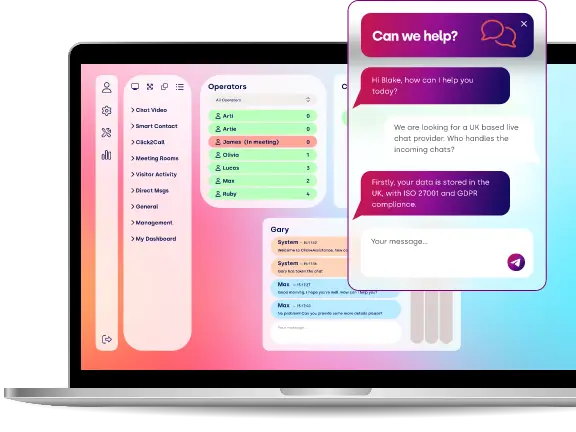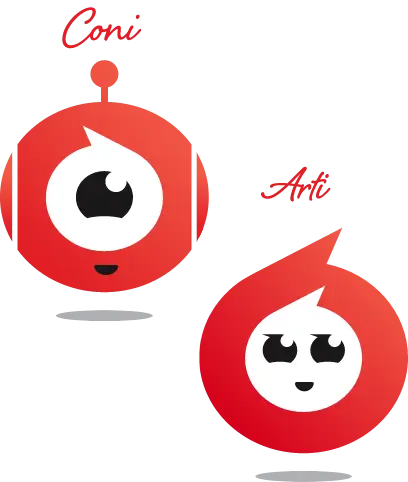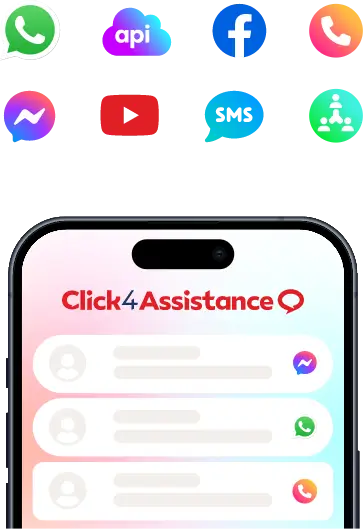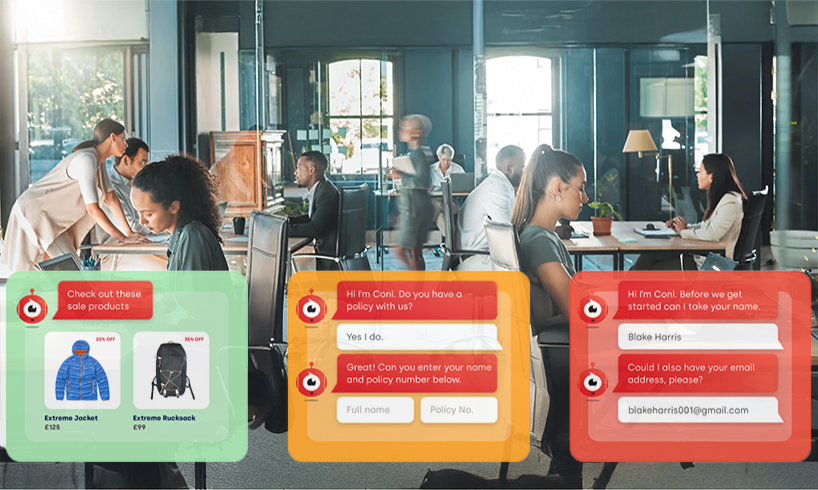Online Surveys Part 4: Analysing Results & Calculating Statistics

So far in our series of blogs on online surveys, we’ve gone through getting started, building your questionnaire and how to reduce errors and increase response rates.
Now you have gathered your data we will look at analysing the results to establish trends and draw conclusions.
Gathering Data
Before we can analyse the results you have received from your online surveys, a process called data tabulation has to take place. This involves the accurate recording of all survey data received so responses can be measured against the questions asked. For simple surveys this may be a case of hand recording the information, but for larger questionnaires, an accurate database is most certainly needed.
Once the information has been entered into the data file, its good practice to double check both the results gathered and the individuals who returned the survey. This process covers data entry errors and ensures the surveys received are representative of the entire sample they were sent to. If there are discrepancies between the two groups this should be recorded, as the information gathered may not accurately represent the sample.
Calculating Statistics
You can now start to analyse your data to calculate basic statistics and answer the questions on which you originally ran the survey. The first step is to undertake some basic data counts on the number of respondents who selected each category in a question. For instance, you could have asked respondents if they would recommend your product, and offered Yes, No and Not applicable as options. You can now count the number of responses given for each option.
This data can also be expressed as a percentage. For example, if you received 100 responses, with 98 of those answering the above question as Yes, the subsequent percentage is 98. When working out percentages, you should consider excluding the invalid responses. These occur when respondents answer Not Applicable or fail to select a response at all. Including this information when calculating percentages can mean the numbers are misrepresentative, especially if you are comparing the results of two separate surveys.
Data Analysis
Now you have successfully gathered your data and made some initial calculations to work out statistics and percentages, its time to begin your data analysis. Looking for trends and highlighting useful information supports decision making and allows conclusions to be drawn. Here are some example areas for consideration when analysing your results:
Individual Survey Responses
Analysing the answers given by an individual respondent provides an insight into their opinions on your products or services. For example, if an individual customer has rated a particular aspect of your service as less than satisfactory, this is an area that needs to be proactively addressed.
Group Survey Responses
The overall pattern of responses is another method for identifying areas for improvement and success. You can use the statistics calculated to make comparisons between different survey questions. For example, if 60% of respondents expressed difficulty contacting your business, but 70% rated the overall helpfulness of your staff as Excellent, conclusions can be drawn. A solution would be to improve your communication channels by adding a Live Chat option, and clearer contact information on your website.
You can also break down the results into individual sub groups to analyse the thoughts of each. For instance, you could compare the answers given by new customers against those by existing clients.
Predetermined Goals
If your business has established goals and targets to work towards, using customer surveys can be a great way to measure success and development. Surveys allow you to compare the results of different departments. For example, the average response times of the pre and post sales teams can be measured both against each other and your established company goals.
Survey results can be compared over a period of time to analyse the impact of process changes. In this situation a second survey consisting of the same questions and sample group would need to be undertaken for the necessary comparisons to be made.
We trust you have enjoyed our blog series on how online surveys can be used to benefit your business. If you have missed any of the instalments, you can find them on our blogs page. In the mean time, don’t forget to follow us on Twitter and like us on Facebook.





















